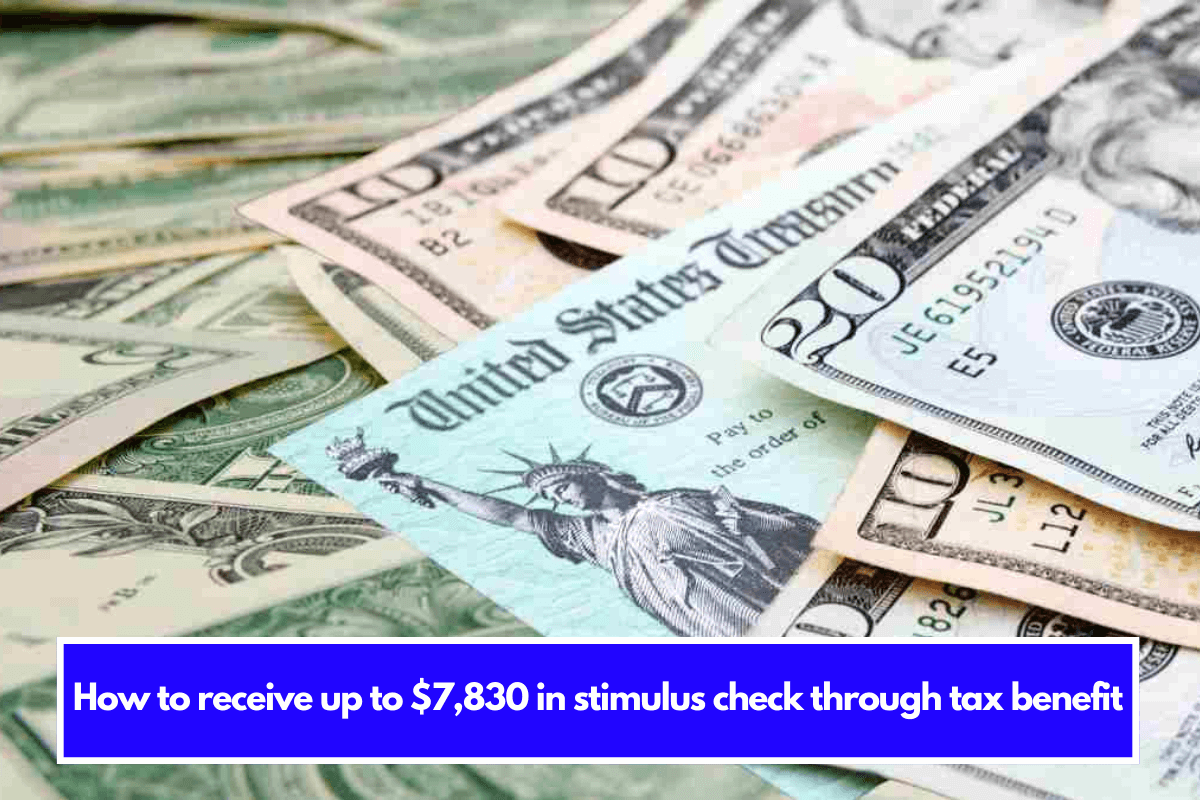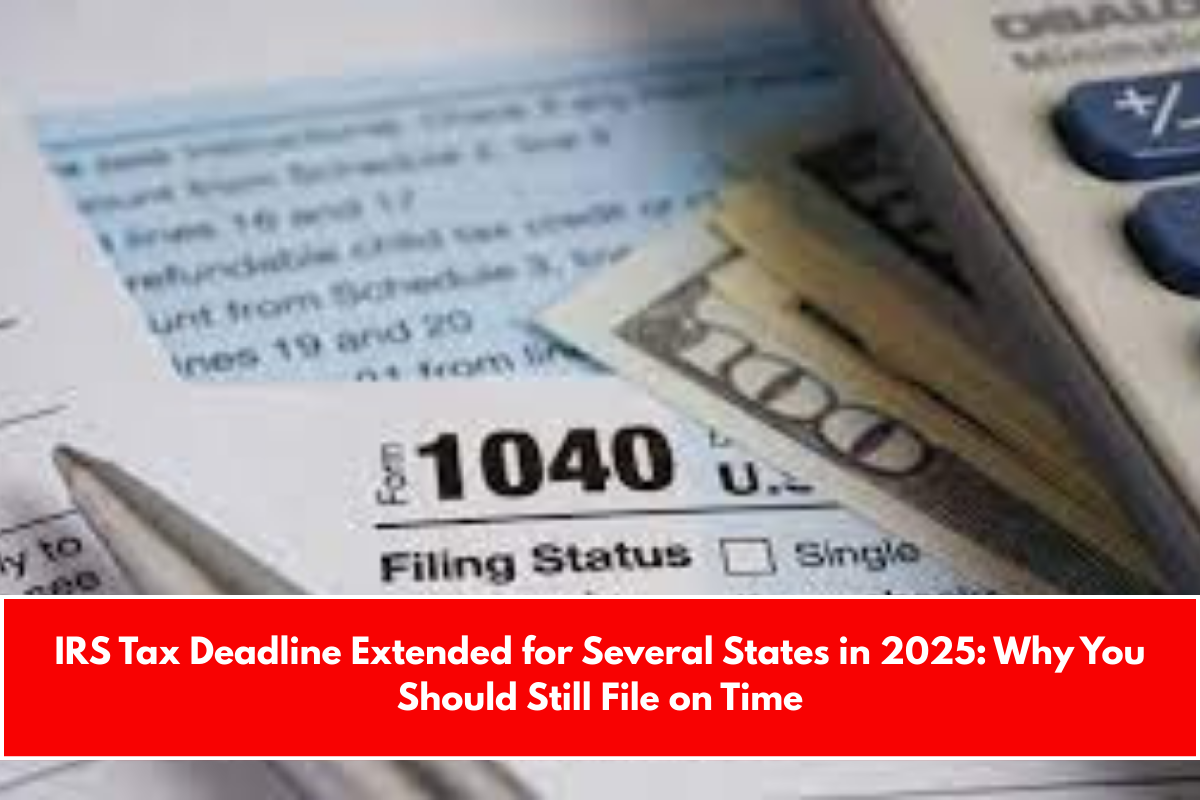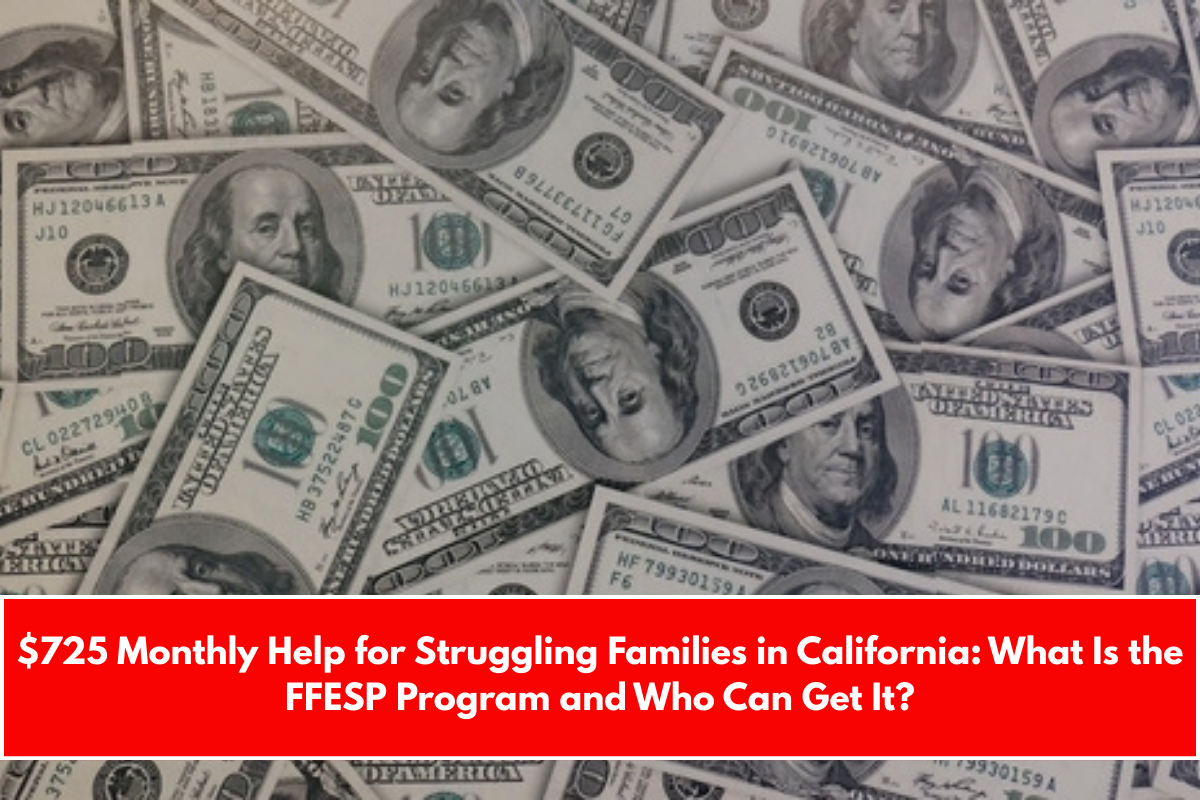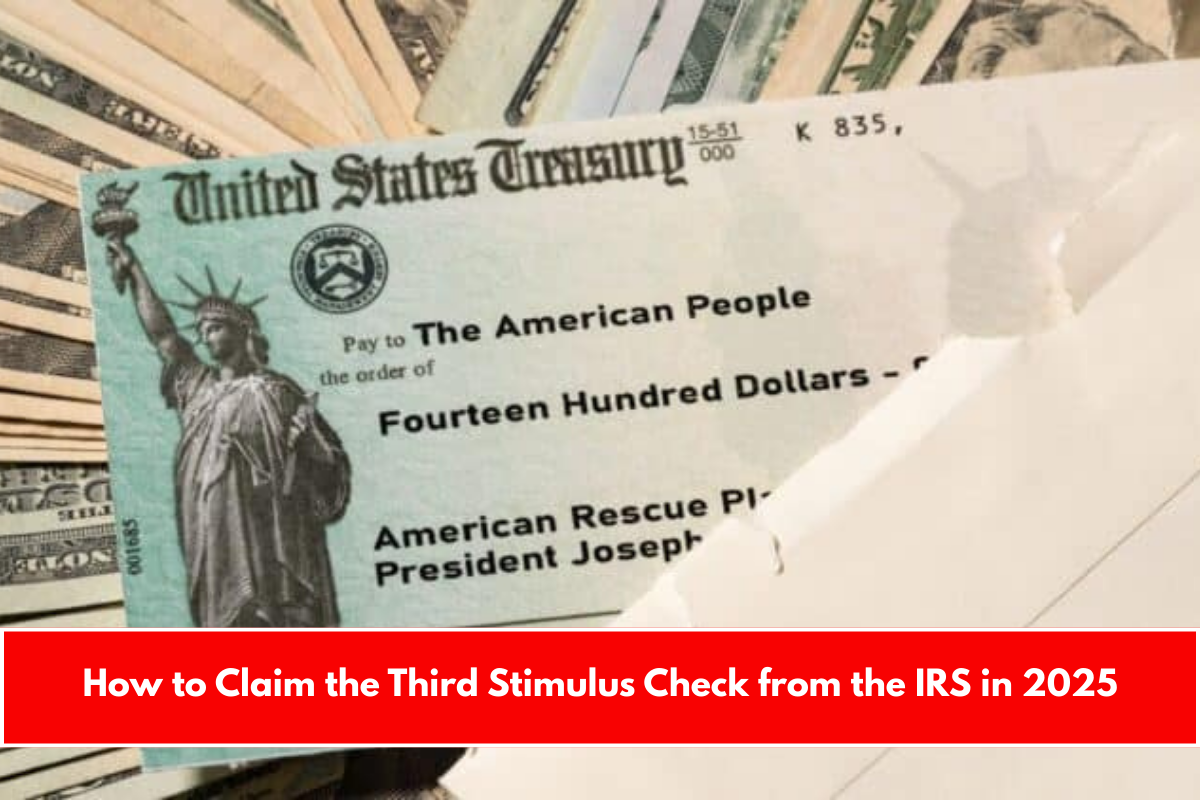When you read “earned income tax credit,” it may sound complicated, but it is actually simpler than it appears. This tax benefit, administered by the Internal Revenue Service (IRS), is intended to assist workers with low or moderate incomes.
In other words, it’s financial assistance that can lower your taxes while increasing your refund. In 2025, the maximum amount you can receive is $7,830, which is not bad if you need some financial assistance.
This credit is not exclusive, but it is also not available to everyone. It’s determined by a number of factors, including your income, whether or not you have children, and your personal situation.
For example, if you work but do not have children, you can still be eligible for this benefit; however, families with dependents typically receive larger amounts.
Who can benefit from this stimulus check?
Are you a member of the armed forces or clergy? Then, take note: there are specific rules for you because the EITC may affect other benefits you already receive.
And, if you apply for a refund, don’t get too excited because the IRS won’t start sending them out until mid-February. They do this to thoroughly review everything and avoid mistakes or fraud.
Basic requirements you must meet
Do you fulfill the requirements? Here’s a summary of the requirements for applying for the EITC:
- Earned income: You must have earned money during the fiscal year. Without income, there’s no credit.
- Limited investment income: Your investment income must not exceed the limit set by the IRS.
- Social Security Number: You, your children, and your spouse (if filing jointly) must have a valid number before the filing deadline.
- Residency: You must be a U.S. citizen or have lived in the country for the entire fiscal year.
- No foreign income: If you file Form 2555, which includes foreign income, you’re excluded from the program.
If you’re separated from your partner and you don’t file jointly, there are also specific rules you’ll need to check.

How much money can you really receive?
Here comes the million-dollar question: how much can you get? Well, the amount depends on your situation. The minimum for 2025 is $632, while the maximum can reach up to $7,830.
To put it in context: if you’re single and have no children, what you can receive will be lower. But if you have a family with several dependents, the amount will be much higher. It’s a good idea to take a look at the official IRS tables to do your calculations.
What happens if you don’t have a valid Social Security Number?
Without a valid Social Security number, there’s no way to claim this credit. However, there are other numbers that might confuse you:
- ITIN: These are taxpayer identification numbers issued by the IRS, but they don’t work for the EITC.
- ATIN: If you’re in the adoption process and have a temporary identification number, it’s also not valid for this credit.
- Invalid employment cards: If your Social Security card says “not valid for employment,” you won’t be able to use it here.
Still have doubts? It’s better to check before filing your return. This way, you avoid problems and save time.
Tips for claiming the EITC without issues
Making plans ahead of time is essential. Don’t leave everything until the last minute because it will be a headache and you may miss an important document.
Before filing your return, organize your papers calmly and double-check to ensure that you meet all of the requirements.
Remember that this credit not only reduces what you owe, but it can also result in a much larger refund. In short, it’s more money in your pocket.
One final tip? Don’t complicate things: get started as soon as possible and make sure you claim everything you’re entitled to. Sometimes $7,830 can make a significant difference.
Also See :- Changes in Social Security new law bring for retirees
















